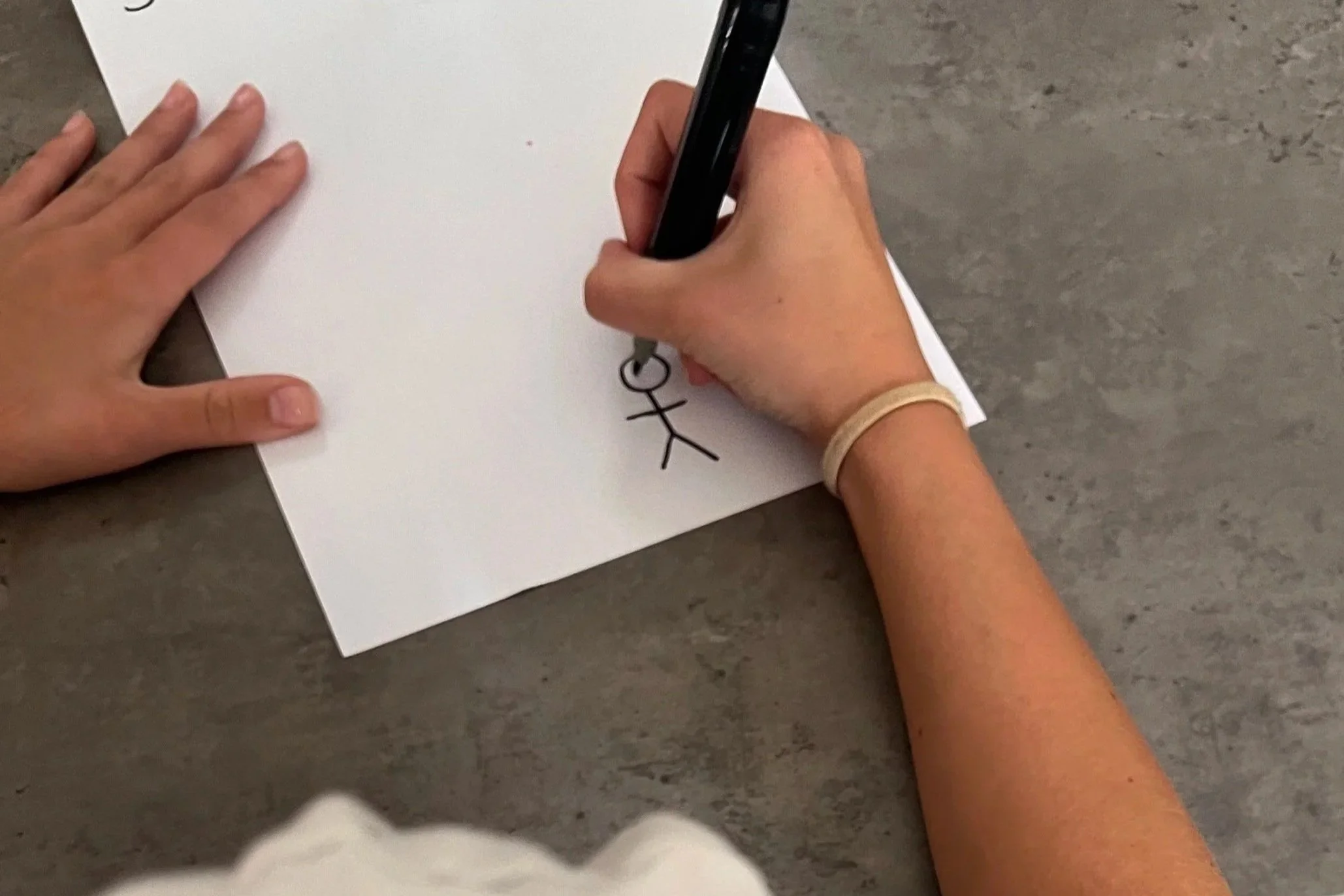Handwriting Isn’t Just Holding a Pencil: The Hidden Skills Your Child Might Be Missing
You’d think writing was simple. Sit down, grab a pencil, form a few letters, and voilà, job done. But if you’ve watched your child avoid writing like it’s a medieval torture method, slump over the table, or abandon ship mid-sentence, you’ve probably realised it’s not so simple.
Handwriting is like the final performance of a complex backstage production. What looks like a neat line of letters is actually the result of dozens of systems working together, posture, attention, muscle strength, visual tracking, emotional regulation… even breathing! When one of these players drops the ball, the whole task feels impossible.
Why Writing Feels Hard
Let’s unpack some of the hidden challenges behind handwriting:
Posture & core strength – A slouchy writer isn’t lazy, they’re probably using all their energy just to stay upright. Without a stable base, the hands and fingers can’t do their job properly.
Shoulder stability – The shoulder is the unsung hero of fine motor control. Without good shoulder strength, kids can’t anchor their arms to move their fingers with precision.
Hand and finger strength – Weak hands tire fast. Kids might grip too tightly (hello, hand cramps), switch hands mid-task, or scribble sloppily just to get it over with.
Visual motor skills – The eyes and hands must work together seamlessly. That includes copying from the board, keeping words on the line, spacing letters, and tracking from left to right.
Bilateral coordination – One hand writes, the other stabilises the paper. When this coordination is off, everything else gets wobbly.
Emotional regulation and attention – Writing is a thinking task and a motor task. If a child is dysregulated, anxious, or easily distracted, their brain can't prioritise pen control.
Why They Might Avoid It
Kids don’t avoid writing because they’re lazy. They avoid it because it’s hard. Some will rush through it with barely legible results. Others may refuse altogether, complain of sore hands, or simply go blank when asked to write.
Sound familiar? You’re not alone.
How OT Can Help
Occupational therapy doesn’t start with the pencil, it starts with the person. We look at the whole child to figure out what’s making writing feel tricky, and then we build the skills they need through play-based, achievable steps. That might include:
Fine motor games like tweezers, pegs, Lego, threading, or coin drops
Core and upper body work through animal walks, climbing, and therapy ball activities
Visual motor training with mazes, tracing, and puzzles
Sensory strategies to support focus and reduce overwhelm
Writing on vertical surfaces like windows or easels to improve alignment and engagement
Fun, pressure-free writing tasks that build confidence first and handwriting second
We sneak the hard stuff into the fun stuff. Kids feel like they’re just playing, but underneath it all, they’re getting stronger, more coordinated, and more confident.
At-Home Strategies
Try these simple ideas to support writing at home:
Let them write in chalk on the pavement, on windows with whiteboard markers, or on a vertical whiteboard
Build hand strength through play, playdough, clay, cooking, squeezing toys
Break up writing tasks into small chunks with movement breaks
Give them a choice of tools, glitter pens, rainbow pencils, erasable markers
Celebrate effort, not neatness. “You tried so hard to space your words!” goes a lot further than “This is messy.”
Final Thought
Writing difficulties are rarely about motivation. They’re about hidden challenges that haven’t been addressed yet. The good news? Once we understand the “why,” we can build the “how.” And when writing starts to feel easier, your child starts to feel more capable, and that’s the real win.

